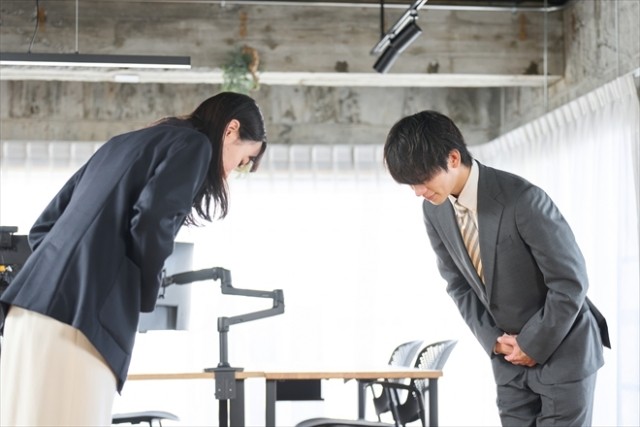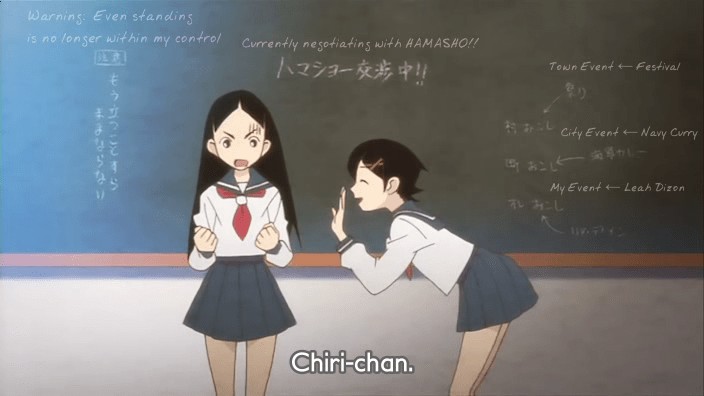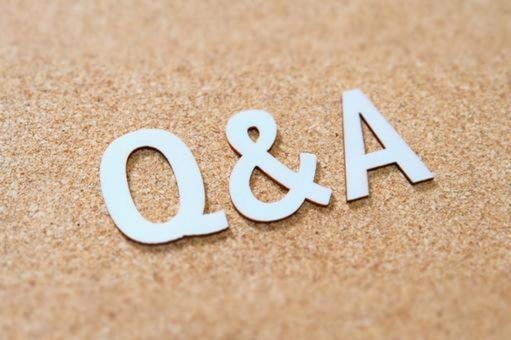How to greet people in japan - A Comprehensive Guide

Quick view
How to greet people in japan - A Comprehensive Guide
How to greet people in japan is an important aspect of interacting with Japanese culture. Understanding the nuances of Japanese greetings can help you navigate social situations with confidence and make a great first impression.
Bowing: The Quintessential Japanese Greeting
The Significance of Bowing
Bowing, or 'ojigi' in Japanese, is the most fundamental and widely recognized form of greeting in Japan. It is deeply rooted in the country's cultural traditions and etiquette, and serves as a non-verbal expression of respect, humility, and acknowledgment.
Proper Bow Etiquette

How to greet people in Japan - bowing etiquette
The depth and duration of a bow can convey different levels of respect. A shallow bow, known as a 'eshaku', is typically used in casual settings, while a deeper bow, the 'keirei', is reserved for more formal occasions or when greeting superiors. It's important to maintain eye contact during the bow and avoid looking around.
Bowing in Different Contexts
Bowing is expected in a variety of settings, from business meetings to social gatherings. It is crucial to observe the appropriate level of formality and adjust your bow accordingly. Failure to bow correctly can be perceived as rude or disrespectful.
Verbal Greetings: Mastering the Language of Courtesy
Common Greeting Phrases
The most basic and widely used greeting in Japanese is 'Konnichiwa', which translates to "Good afternoon." However, the appropriate greeting can vary depending on the time of day. For example, 'Ohayō gozaimasu' is used for morning greetings, while 'Konbanwa' is reserved for evening.
Honorifics and Titles

Some words like -kun, -chan in Japanese
The use of honorifics, such as '-san', '-kun', and '-chan', is an integral part of Japanese etiquette. These suffixes are added to names to show respect and indicate the relationship between the individuals. Proper use of honorifics can make a significant difference in how your greeting is perceived.
Formal vs. Casual Greetings
In Japan, there is a clear distinction between formal and casual greetings. Formal greetings, such as 'Hajimemashite' (pleased to meet you) or 'Dōzo yoroshiku onegaishimasu' (I look forward to working with you), are used in professional or unfamiliar settings. Casual greetings, like 'Yabai!' (Awesome!) or 'Genki?' (How are you?), are more common among friends and in informal situations.
Non-Verbal Cues: Understanding Body Language and Gestures

How to greet people in japan and body language that you should know
The Importance of Eye Contact
In Japanese culture, direct eye contact can be perceived as challenging or confrontational. Instead, it is generally more appropriate to maintain a soft, indirect gaze during greetings and conversations.
Handshakes and Physical Contact
While handshakes are becoming more common in Japan, especially in business settings, the traditional Japanese greeting involves a slight bow and perhaps a gentle nod. Avoid initiating physical contact, such as hugging or patting someone on the back, as these gestures may be seen as intrusive.
Facial Expressions and Emotions
Japanese culture values the concept of 'honne' (true feelings) and 'tatemae' (public persona), which can influence the way people express emotions during greetings. A slight smile or a subtle nod may be the extent of visible emotion, even when greeting someone warmly.
Adapting to Cultural Differences
Sensitivity to Regional Variations
While the general principles of Japanese greetings apply nationwide, there may be slight regional variations in terms of tone, formality, and specific phrases used. It's important to be aware of these differences and adjust your approach accordingly.
Accommodating Non-Japanese Guests
When greeting non-Japanese individuals, it's often appreciated if you make an effort to incorporate some Japanese etiquette, such as a slight bow or the use of honorifics. However, it's also important to be mindful of cultural differences and not to expect non-Japanese guests to fully adhere to Japanese customs.
Navigating Cross-Cultural Encounters
In situations where cultural differences may arise, it's crucial to maintain a spirit of openness, patience, and mutual understanding. Avoid making assumptions and be willing to adapt your greeting style to ensure a positive and respectful interaction.
FAQs: Addressing Common Concerns

Q&A part for Japanese greetings
How do I know when to use formal or casual greetings?
The choice between formal and casual greetings largely depends on the context and the relationship between the individuals involved. As a general rule, use formal greetings in professional settings, when meeting someone for the first time, or when interacting with elders or superiors. Casual greetings are more appropriate among friends, family, and in informal social situations.
Can I skip bowing if I'm not comfortable with it?
While bowing is an integral part of Japanese etiquette, it's understandable that some non-Japanese individuals may not feel comfortable with the gesture. In such cases, a simple nod or a slight inclination of the head can be an acceptable alternative. The key is to demonstrate respect and acknowledgment through your actions.
What should I do if I forget someone's honorific title?
If you accidentally forget to use the appYour training data goes up until October 2023.Your training data goes up to October 2023.ropriate honorific title, don't worry. A simple apology, such as 'Sumimasen, [name]-san' (Excuse me, [name]-san), can help rectify the situation. The other person will likely understand that you're still learning the nuances of Japanese etiquette.
How can I remember all the different greeting phrases?
It's understandable to feel overwhelmed by the various greeting phrases in Japanese. Start by familiarizing yourself with the most common ones, such as 'Konnichiwa', 'Ohayō gozaimasu', and 'Konbanwa'. As you become more comfortable, you can gradually expand your vocabulary. Don't be afraid to ask for clarification or assistance when needed.
Is it acceptable to use English greetings in Japan?
While using English greetings, such as "Hello" or "Good morning", is generally understood, it's considered more respectful to use Japanese greetings, even if your proficiency is limited. Making an effort to incorporate Japanese etiquette can go a long way in building positive relationships and making a good impression.
Related post

Japanese Family Vocabulary – Essential Words & Usage
.jpg)






